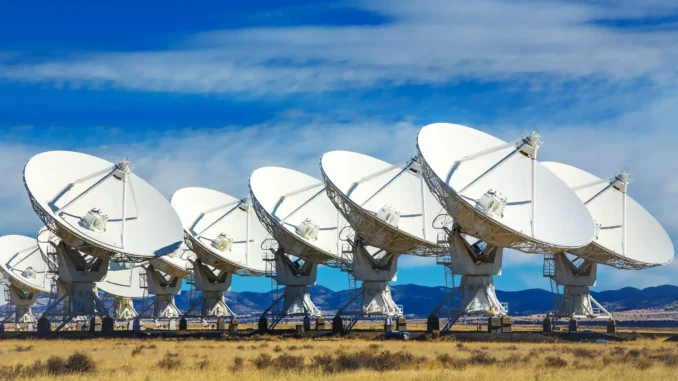
Traditional terrestrial broadcasting, which includes TV and radio broadcasting over the airwaves, has been an integral part of our lives for decades. However, with the rise of the internet and the advent of new technologies, there has been an ongoing debate about the future of traditional broadcasting. In this article, we will explore whether traditional terrestrial broadcasting is dying or if it still has a place in the modern media landscape.
The Rise of the Internet
The internet has revolutionized the way we consume media. With the ability to stream content online, many people are turning to platforms such as Netflix, Hulu, and YouTube for their entertainment needs. This shift in consumer behavior has led some to believe that traditional terrestrial broadcasting is on the decline.
While it is true that the internet has changed the way we access and consume media, traditional broadcasting still holds a significant share of the market. Many people still rely on their TVs and radios for news, sports, and entertainment. Traditional broadcasters have also adapted to the digital age by offering online streaming services and on-demand content, ensuring that they remain relevant in the changing media landscape.
The Power of Broadcasting Networks
One of the strengths of traditional terrestrial broadcasting is the power of broadcasting networks. These networks have a wide reach and can deliver content to a large audience simultaneously. This is particularly important during live events such as sports games or breaking news, where real-time broadcasting is crucial.
While the internet offers on-demand content, it cannot match the immediacy and reach of traditional broadcasting networks. This is why major events like the Super Bowl or the Oscars are still watched by millions of viewers through traditional TV broadcasting.
5G Broadcasting: The Future of Traditional Broadcasting?
With the advent of 5G technology, traditional terrestrial broadcasting is poised for a potential revival. 5G broadcasting, also known as Next Gen TV, promises to deliver high-quality content over the airwaves with improved reception and interactivity.
Unlike traditional broadcasting, which relies on antennas to transmit signals, 5G broadcasting utilizes the power of cellular networks. This means that viewers can access content on their smartphones, tablets, and other devices without the need for a TV or radio.
5G broadcasting also opens up new opportunities for broadcasters to offer personalized and interactive experiences to viewers. With the ability to deliver targeted content and interactive features, traditional broadcasters can stay competitive in the digital age.
The Role of Cable and Satellite
While the internet and 5G broadcasting offer new possibilities, it is important to note that cable and satellite TV still play a significant role in the media landscape. Many households rely on cable or satellite subscriptions for access to a wide range of channels and content.
Cable and satellite providers also offer features such as DVR recording, which allows viewers to watch their favorite shows at their convenience. Additionally, these providers often bundle internet and phone services, providing a convenient all-in-one solution for consumers.
The Future of Traditional Terrestrial Broadcasting
While traditional terrestrial broadcasting faces challenges from the internet and new technologies, it is far from dying. Traditional broadcasters have shown resilience by adapting to the digital age and embracing online streaming services.
With the potential of 5G broadcasting and the continued popularity of cable and satellite TV, traditional terrestrial broadcasting will likely continue to coexist with newer forms of media. The key for broadcasters is to stay innovative and provide compelling content that meets the evolving needs of their audience.
Conclusion
While the internet and new technologies have changed the media landscape, traditional terrestrial broadcasting is not dying. It still holds a significant share of the market and offers unique strengths such as real-time broadcasting and wide reach. With the potential of 5G broadcasting and the continued relevance of cable and satellite TV, traditional broadcasters have a promising future ahead.

